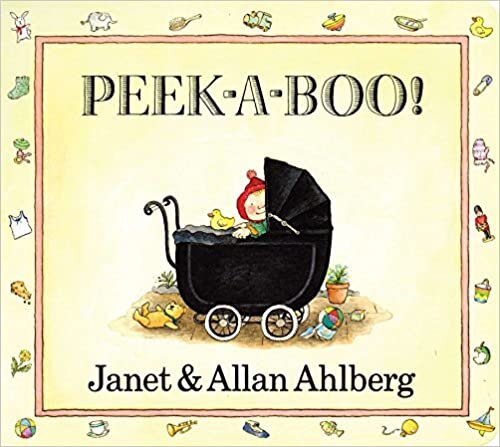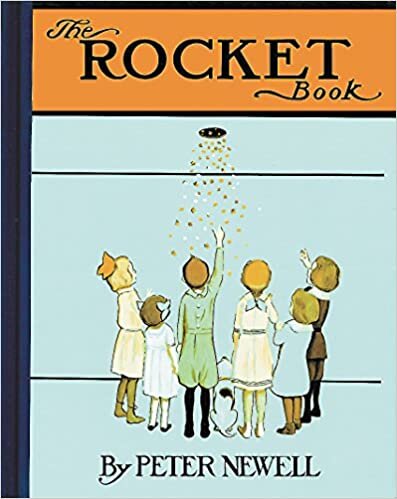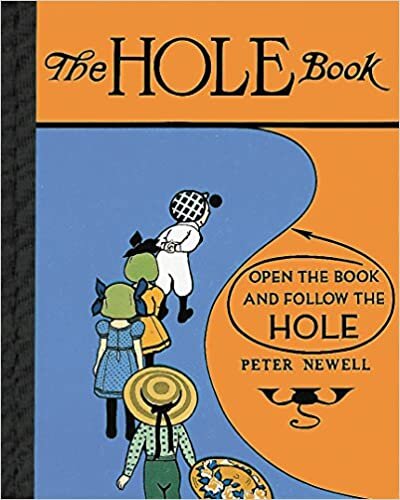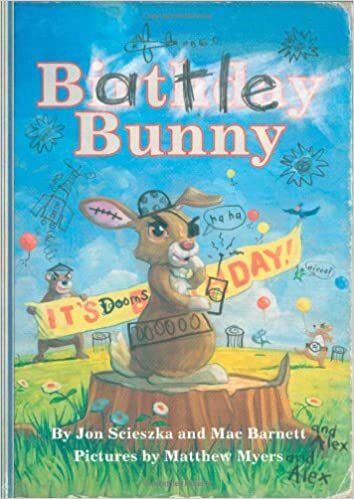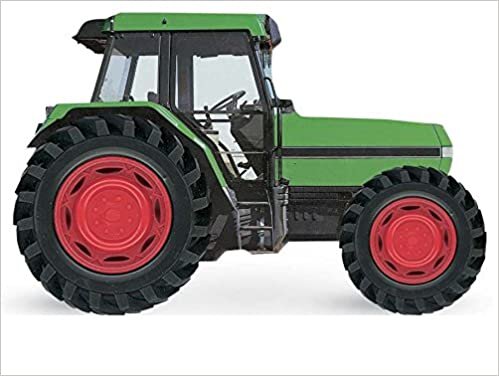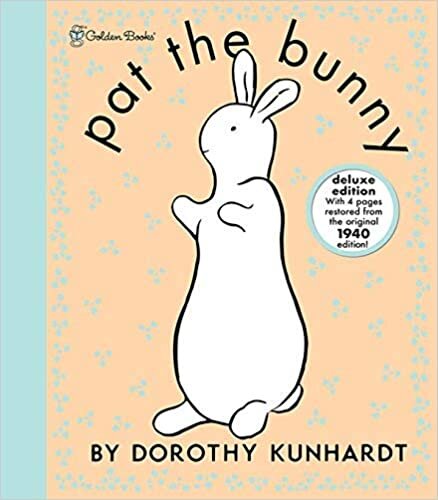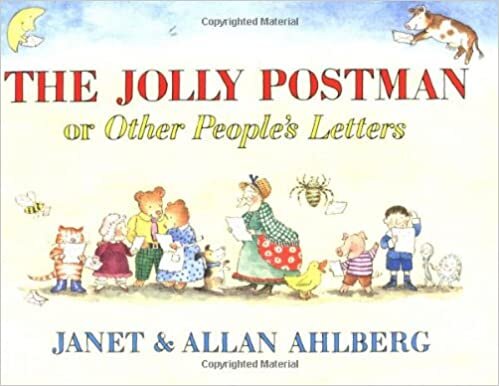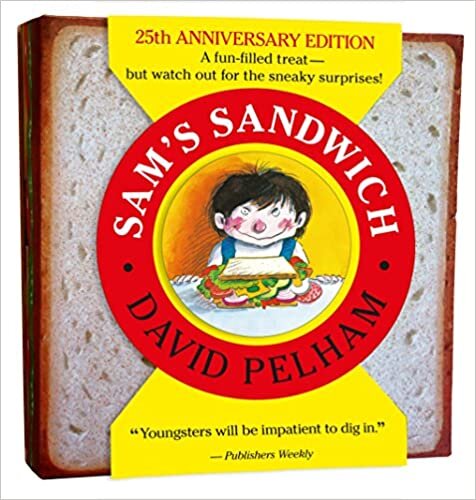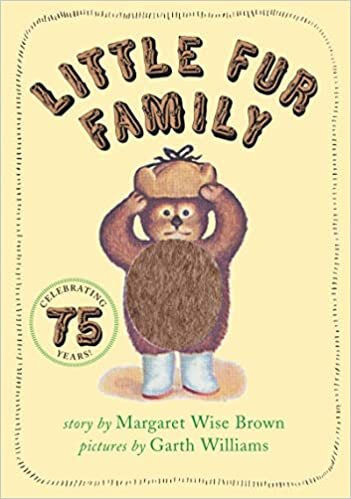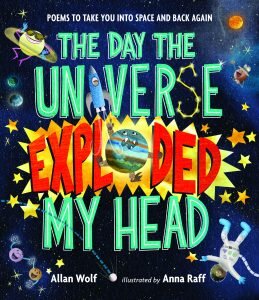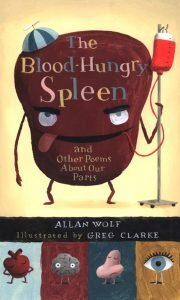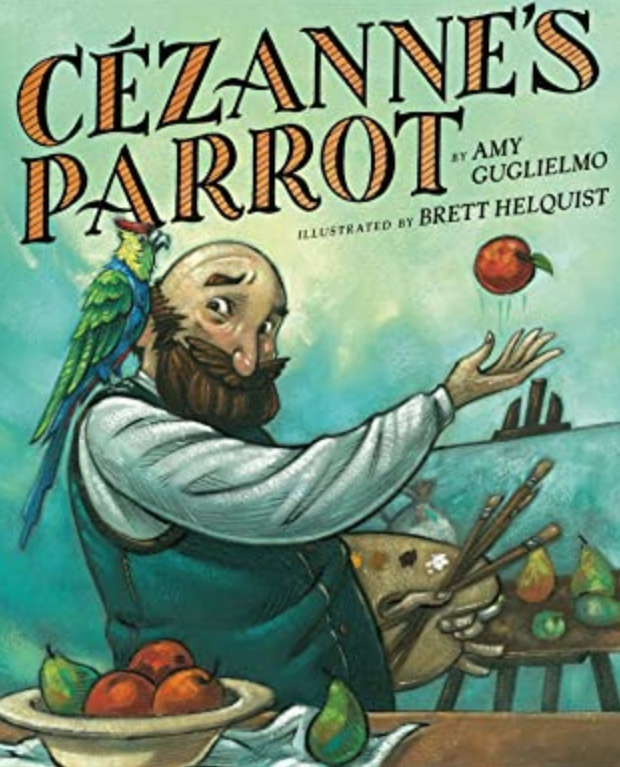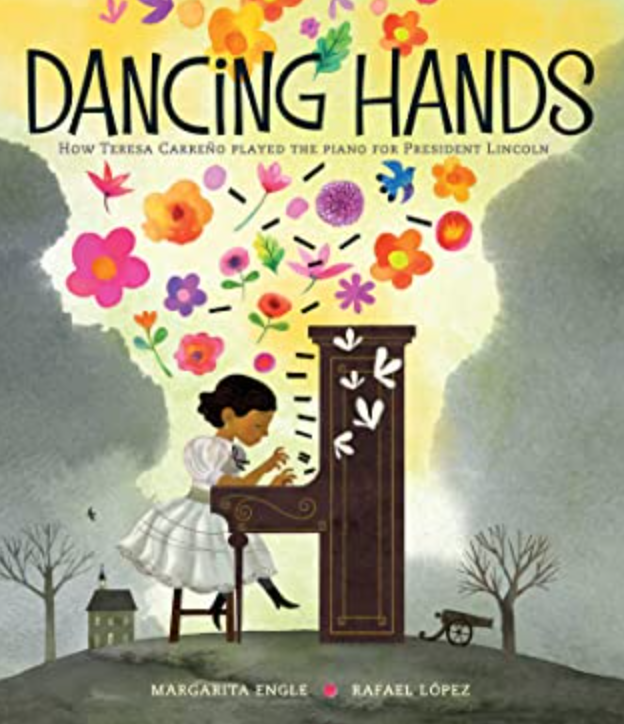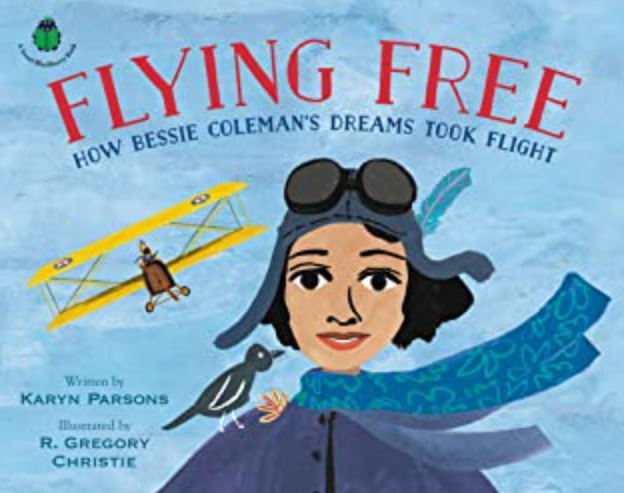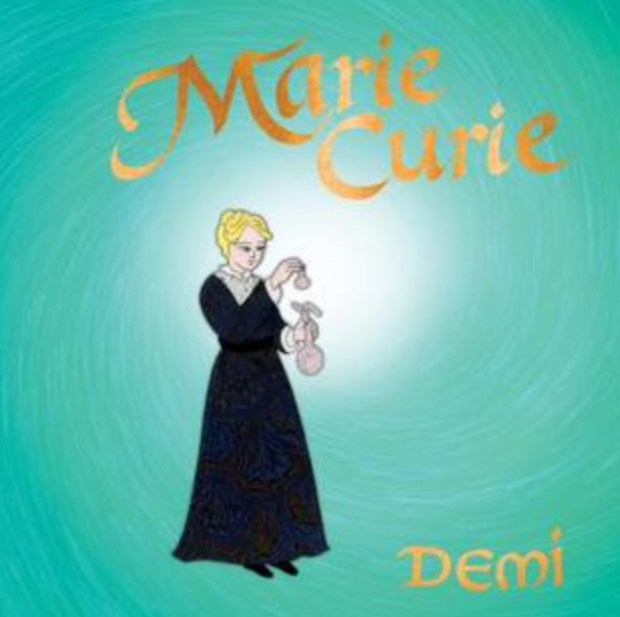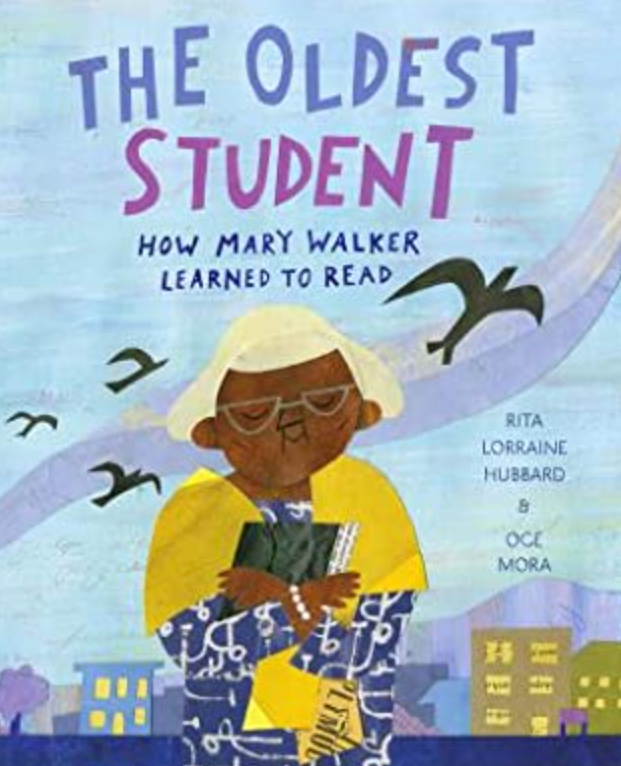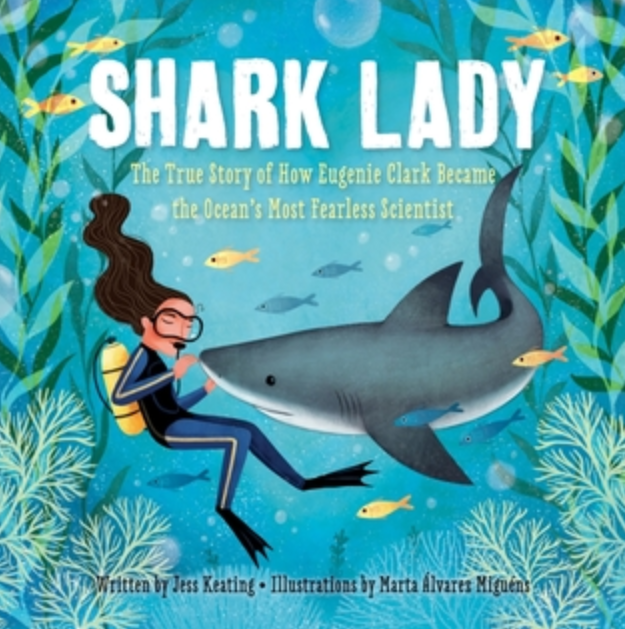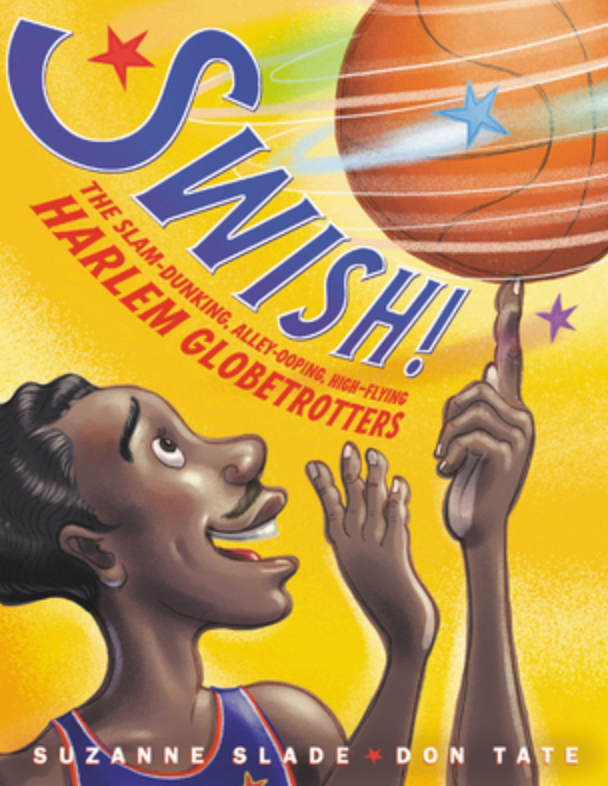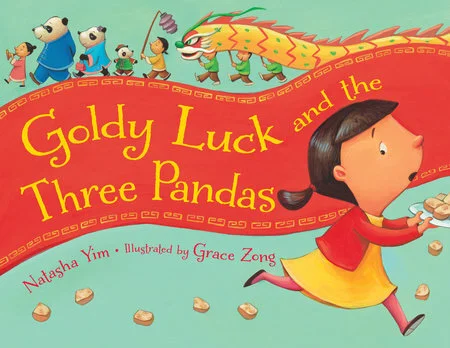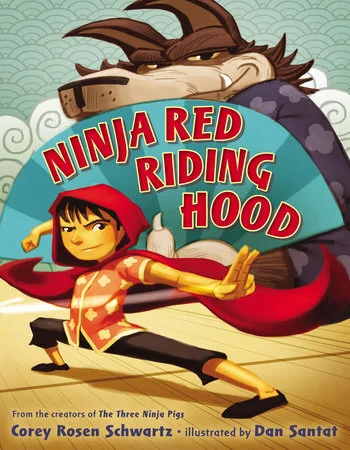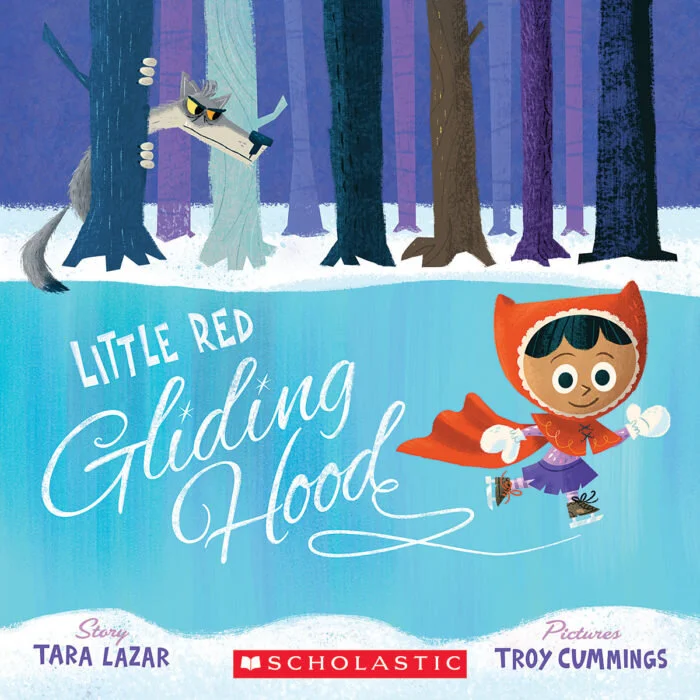We are so excited to have Jennifer Preston Chushcoff join us today to share information about Children’s Novelty Books!
Jennifer Preston Chushcoff’s writing experience includes fiction, nonfiction, and poetry. Her writing has appeared on television, in art galleries, anthologies, magazines, a letterpress print, and in her award-winning books, Snowflakes, Easter Numbers and WA is Water.
There's nothing that pleases her more than connecting with readers and writers through story.
In addition, Jenn is also a painter, photographer, and digital designer. She's completed art installations in large buildings, window displays, and pop-up art shows. Her work sells as both fine art and in commercial and editorial markets. Her paintings and prints are in private collections and have been featured in galleries and art exhibits.
Novelty books are one of my favorite formats, pushing the boundaries of how a book is defined. Examples include: lift-the-flaps, pop-ups, moving parts, board books, and books packaged with audio and activities.
My first experience with novelty books was working with the book packager, Becker and Mayer. From concept to print, a book packager either pitches ideas to publishers, or they are hired to create a specific product. It was my job to research images to illustrate stories and secure permissions. I worked on a variety of books, from sober recollections of the Holocaust to the American Girls series.
Years later, online research led me to the company Jumping Jack Press. They had a line of pop-ups and were looking for story concepts about winter without a religious or holiday theme. I knew immediately that snowflakes would make an excellent subject, plus I adore them. Everyone remembers cutting out paper snowflakes in elementary school. Envisioning how they could be incorporated into a pop-up book was exciting!
I wrote a poem and added a proposal to include scientific facts about snowflakes along with a short bio about Wilson Bentley (1865 – 1931), the first person to photograph snow crystals. I was awarded the contract and dug in. I read books like The Snowflake: Winter’s Secret Beauty, by Caltech physicist Kenneth G. Libbrecht, and multiple biographies about “Snowflake Bentley.” Mixing poetry with art and science and distilling complex ideas is my “happy place.” How wonderful that these subjects are getting the attention they deserve, even acquiring their own hashtag, #STEAM.
While writing picture books requires room left for the illustrator, novelty books also require thinking in 3-D. What a fun challenge! The publisher handled design in-house, so after I delivered my manuscript, they took care of the rest. Their artist, Yevgenia Yeretskaya, created the beautiful illustrations and paper engineering. Rather than treating the facts and bio as backmatter, they incorporated them by creating smaller pop-ups within the spreads.
Soon after, Jumping Jack Press was working on the counting book, Easter Numbers, and struggling with the rhyme. They asked if I’d take a look and shared the mockup. The story had multiple interactive features, including lift-the-flaps, pop-ups, and pull tabs. I made suggestions to alter a few details and wrote an accompanying poem. Approaching the format from the opposite direction was another wonderful challenge.
Many delightful novelty books are available now, with quite a few written for older kids, like me.
Warne Publishing reintroduced readers to the fabulous artist Cicely Mary Barker (1895- 1973) and her series: How to Find Flower Fairies, Flower Fairies Magical Doors, and Fairyopolis: A Flower Fairies Journal (co-authored by Glen Bird and Liz Catchpole). Contemporary designers wove Cicely’s original paintings into immersive worlds, full of paper ephemera and interactive features.
In similar fashion, Candlewick’s Ology Series resemble explorers’ journals, complete with sketches and “samples.” Monsterology even contains a “cabinet” with room to attach discoveries.
Since novelty books are art and format driven, publishers will often want a mockup. People interested in becoming paper engineers, or just curious, can carefully open books to see how they are put together. Paper artists do this to learn new skills.
Given their complexity, it’s almost impossible to self-publish a novelty book. They take a team to bring them to life, are expensive to manufacture, and have a low profit margin. It’s best to search for publishers already invested in the format. Do this by looking at novelty books you admire to see who publishes them. You can also search for agents or independent presses that accept novelty book submissions.
Writers determined to pursue this type of publishing can also work with a freelance paper engineer, like Renee Jablow, credited with engineering over 70 children’s books.
My next project takes books “outside the box” by placing them back in it. The Boogie Monster is a square tissue box printed with a silly green monster and a fun, bouncing rhyme encouraging kids to blow their nose. It’s designed so that the opening is his “mouth,” and the tissue is his “tongue.”
“Where will it go, what can you do
when you cry or leak? ACHOO!!
Have no fear, I’m guarding you.
I’ve got a tissue for a tongue.
Now, blow your beak and feed me some!”
(excerpt)
Now, to decide next steps . . .
Whichever direction you decide to travel, I hope you enjoy the journey!
Jenn
Thanks so much for joining us, Jenn!
You can find Jenn on her website at www.byjenn.com, Twitter @byjenn, or Instagram @byjenn.
Links:
American Book Producers Associations, a list of book producers:
https://abpaonline.org/find-book-producer/
Becker and Mayer: https://www.quartoknows.com/BeckerMayer
Bird Songs: 250 North American Birds in Song by Les Beletsky: https://www.amazon.com/Bird-Songs-North-American-Birds/dp/0760363269/ref=sr_1_
Flower Fairies: Magical Doors by Cicely Mary Barker: https://www.amazon.com/gp/product/0723263515/ref=dbs_a_def_rwt_bibl_vppi_i4
Kenneth Libbrecht’s website: http://www.snowcrystals.com/books/books.html
The Snowflake: Winter’s Secret Beauty: https://www.amazon.com/Snowflake-Kenneth-Libbrecht/dp/0896586308/ref=sr_1_4
Children’s Book Council, a list of publishers mentioning if they accept submissions and in what formats: https://www.cbcbooks.org/publishers/our-members/
Chronicle Books: https://www.chroniclebooks.com/pages/submissions
Monsterology by Dr. Ernest Drake, edited by Dugald A. Steer and illustrated by Wayne Anderson, Douglas Carrel, Tomislav Tomić and Helen Ward: https://www.amazon.com/Monsterology-Complete-Book-Monstrous-Beasts/dp/0763639400/ref=pd_bxgy_img_2/146-2574845-0393553
Renee Jablow, freelance paper engineer: http://www.reneejablow.com.
Snowflakes: A Pop Up Book by Jennifer Preston Chushcoff: https://www.amazon.com/Snowflakes-5th-Anniversary-Pop-Up-Book/dp/1623482631/ref=sr_1_2
Easter Numbers: An Interactive Counting Book by Jennifer Preston Chushcoff: https://www.amazon.com/gp/product/1623482038/ref=dbs_a_def_rwt_bibl_vppi_i5
Flurry: A Mini Snowflakes Pop Up Book by Jennifer Preston Chushcoff: https://www.amazon.com/gp/product/162348653X/ref=dbs_a_def_rwt_bibl_vppi_i2
Up With Paper: https://upwithpaper.com/careers/
Two more “Out of the Box” examples:
Explore a T.Rex by Dennis Schatz, illustrated by Davide Bonadonna and Christian Kitzmüller https://www.amazon.com/Explore-T-Rex-Dennis-Schatz/dp/1626863954/ref=sr_1_17
How to Build the Human Body written by Richard Walker and illustrated by Mark Ruffle https://www.amazon.com/gp/product/160710413X/ref=as_li_tl


















